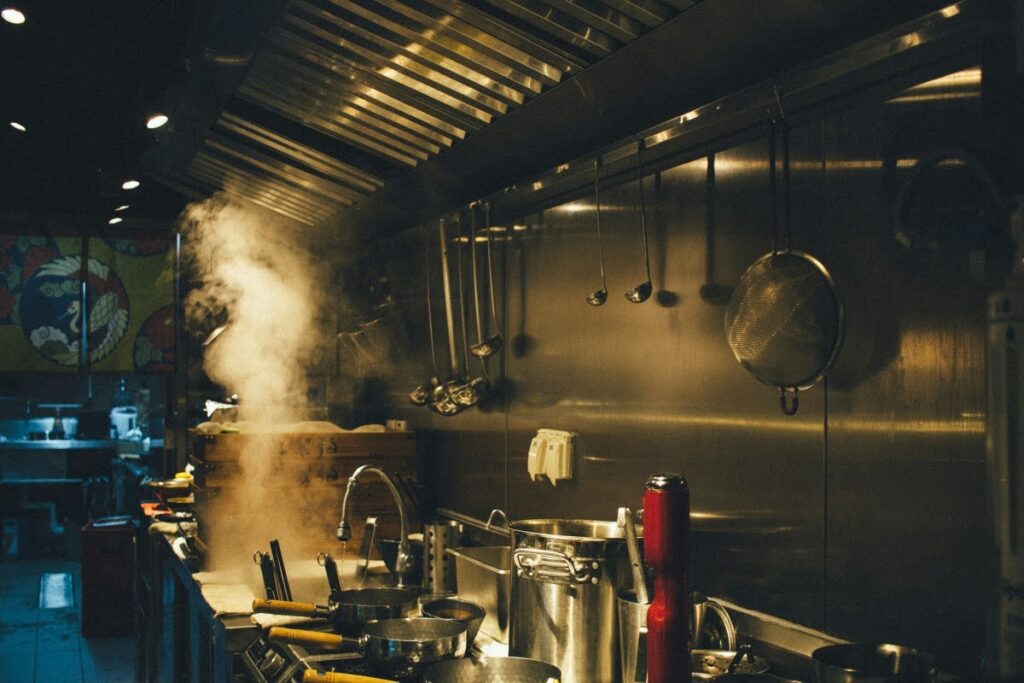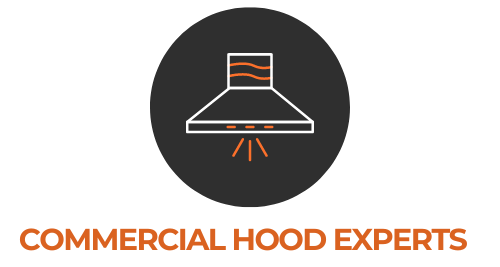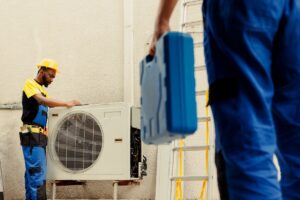Bringing in professionals for a commercial kitchen hood inspection goes way beyond ticking a compliance box. It means keeping your team, your customers, and your business safe.
In this article, we’ll walk you through the inspection process so that you understand why it matters and know what to expect.
Let’s get into it!
1. Starting Strong: Why This Inspection Matters?
Inspectors focus on safety, compliance, and performance. They want to confirm whether or not your hood can handle smoke, heat, and grease effectively and if it meets all local fire and health codes. A properly done kitchen hood installation lays the foundation for meeting these standards.
This step is important not only because of cleanliness but also because it’s essential in preventing health and fire hazards.
2. Visual Checkup: Spotting Trouble Before It Occurs
Inspectors will immediately scan the hood, filters, and ductwork for troubling signs such as grease buildup, damage, worn seals, or installation issues.
They’ll assess how accessible everything is for cleaning and repairs, and if inspectors find stubborn grease deposits or awkward configurations, they flag those issues.
The goal of the inspection is also to expose weak spots, if there are any, so that they can be addressed. In some cases, this may require professional kitchen hood repair to restore full functionality and ensure long-term safety.
3. Airflow Testing: Keeping Things Breezy
When testing airflow, the goal is to make sure your hood is fast and efficient in pulling away heat, moisture, and smoke. Poor airflow clouds the air, ramps up energy costs, and wears out components prematurely.
Blockages and buildup can reduce airflow, which is why regular cleaning is important; apart from efficiency concerns, there are also health risks of dirty kitchen hoods that need to be prevented.
You should address any blockages, underperforming fans, or duct snags that the inspectors find immediately if you want to ensure health, efficiency, and energy savings.

4. Fire Safety & Code Checks: Building Trust, Reducing Risk
Inspectors check integrated fire suppression systems, such as sprinklers, extinguishers, and nozzles, and compare everything against local fire codes and applicable NFPA standards.
They also make sure all equipment carries valid tags and recent maintenance records.
5. Reporting That Drives Improvement
When the inspection wraps up, you’ll get a written report that lays everything out clearly. It highlights what’s working well, what needs urgent attention, and what you should plan for down the road.
Think of it as your playbook for keeping the system in top shape. By following those recommendations, you’ll be ready for the next inspection and also make daily operations safer, cleaner, and more efficient.
6. Ready for the Next Round: Simple Prep, Lasting Results
For future inspections, set up a straightforward prep routine: keep filters clean, label access points, fix big issues before they worsen, and keep cleaning logs organized. Regular kitchen hood cleaning is a key part of this routine and helps reduce risks between inspections.
The easier you make it for inspectors, the faster inspections go and the stronger your performance stays.
And when your hood stays in top shape, operations stay uninterrupted and safer.
Conclusion: What You’ve Learned
You now know why a commercial kitchen hood inspection goes beyond a compliance tickmark. It’s actually an effective way to ensure safety, efficiency, and peace of mind.
When you know what inspectors look for, you set up your kitchen to perform its best.
A great inspection saves you from costly fires, failed audits, and embarrassing interruptions in the future.
Ready to Elevate Your Kitchen Safety and Efficiency?
Looking for experts you can trust with commercial kitchen hood inspection, cleaning, installation, or repair?
At Commercial Hood Experts, we offer comprehensive, professional services designed to keep your kitchen operating at peak performance and compliance, without the hassle.Contact us today and leave your kitchen in safe hands!





